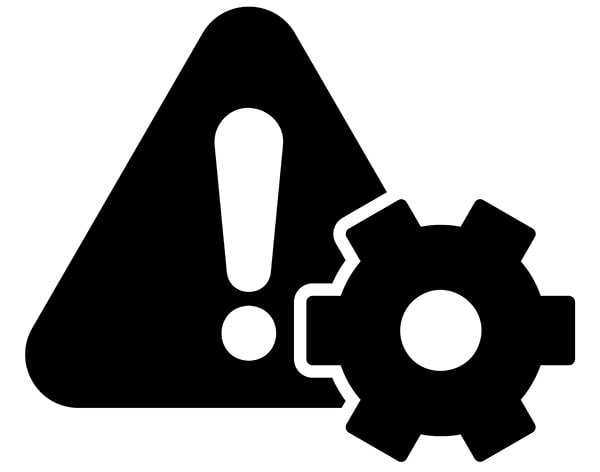
Shell and tube heat exchangers are a trusted choice in many industries thanks to their efficiency, durability, and long service life. Stainless steel exchangers, in particular, are known for reliability. But like any piece of equipment, years of operation and stress can take their toll.
Mechanical failures don’t happen overnight—they develop gradually, often showing small warning signs before becoming serious. Knowing what to watch for can help you prevent costly downtime and extend the life of your exchanger. Here are three of the most common types of mechanical failure, their causes, and how to avoid them.
1. Fatigue
The risk: Repeated heating and cooling cycles (thermal cycling) can cause fatigue in exchanger tubes. It usually starts with tiny cracks that are nearly invisible, but over time, these cracks spread until a tube may fail completely.
Why it happens:
- High stress ratios accelerate fatigue.
- Fabrication flaws, especially weld defects, can trigger cracks. One study documented a 0.4 mm weld defect that eventually grew into dozens of fractures, causing failure.
- Improper tube expansion positioning near the tube sheet can amplify stress, worsening the problem.
Prevention tips:
- Ensure weld quality during fabrication—small mistakes can have big consequences.
- Position tube expansions at least 15 mm from the tube end to minimize stress on the tube sheet.
- Adjust operating conditions to keep stress within safe limits.
2. Metal Erosion
The risk: As fluid moves through an exchanger, high velocity or abrasive particles can wear away tube walls. Erosion weakens the tubes, increases the chance of leaks, and strips away protective layers that resist corrosion.
Where it happens most: Tube bends, entrances, and areas exposed to flash steam. Localized “horseshoe” erosion patterns often point to fluid entering at high velocity in sharp jets.
Contributing factors:
- Excessive flow velocity.
- Slurries containing abrasive solids.
- High operating temperatures.
Prevention tips:
- Know the maximum safe fluid velocity for your exchanger. This depends on fluid type, operating temperature, and materials of construction.
- Stainless steel and steel alloys can handle higher velocities than copper, while copper-nickel combinations also provide good resistance.
- Control flow rates and avoid conditions that create concentrated fluid jets.
3. Thermal Expansion
The risk: When hot and cold fluids pass through the exchanger, components expand at different rates. If the design doesn’t account for this, stress builds up, leading to tube pullout, warped tubes, or damaged tube sheets.
When it’s most common:
- Steam-heated exchangers, especially when the cold-side fluid is valved off.
- Fixed-tube exchangers, which don’t absorb expansion as flexibly as U-tube designs.
Prevention tips:
- Use U-tube designs or incorporate expansion joints for systems with wide temperature swings.
- Match materials carefully—tubes and shells with different expansion rates can create damaging stress.
- At the design stage, review planned operating temperatures and fluid types to anticipate expansion risks.
Building for Reliability
Preventing these types of failures starts long before the first startup. Careful design, proper material selection, and precise fabrication are your best defenses. Once in service, ongoing monitoring and awareness of early warning signs can help you catch issues before they escalate.
At Enerquip, our engineers design and build shell and tube heat exchangers to handle the real-world conditions of your process—whether that means high thermal cycling, abrasive fluids, or wide temperature swings. If you’re looking for equipment built to perform and last, contact us to discuss your process needs.
More from the Enerquip Blog
7 Shell Configurations to Consider When Designing a Shell and Tube Heat Exchanger
Freezing Fouling in Shell and Tube Heat Exchangers: What You Need to Know
How Often Should You Clean Your Shell and Tube Heat Exchanger?
Preventing Cross Contamination in Shell and Tube Heat Exchangers
How to Store Your Process Equipment Before Installation
Behind the Burn: How Heat Transfer Systems Refine Aviation Fuel
